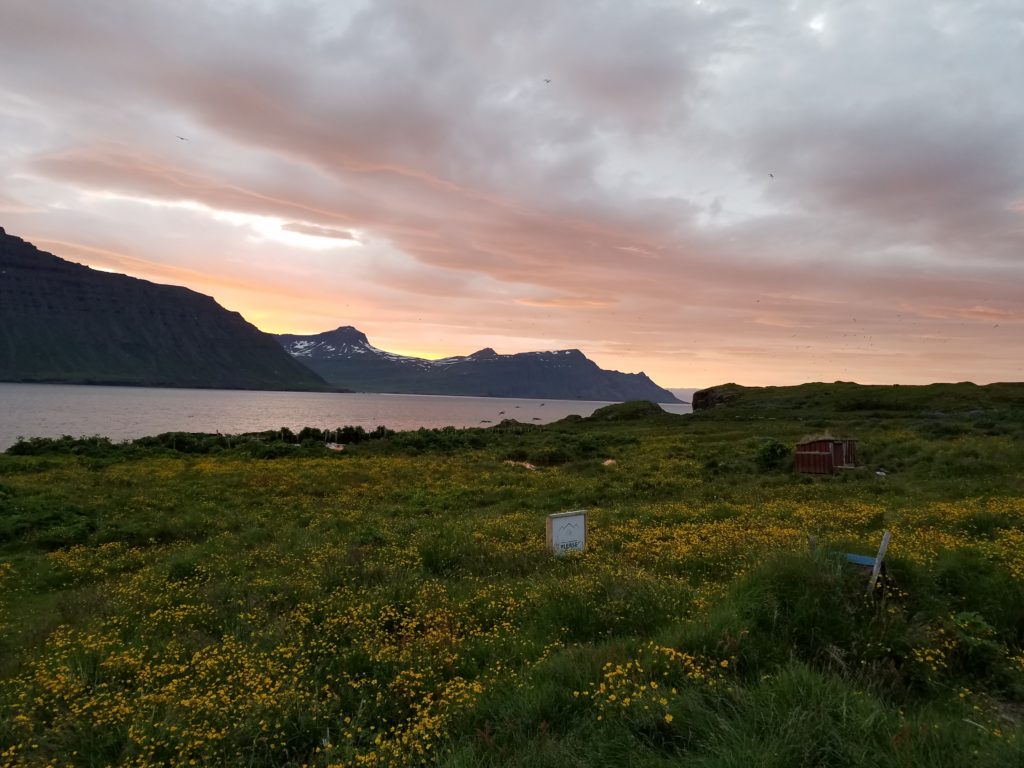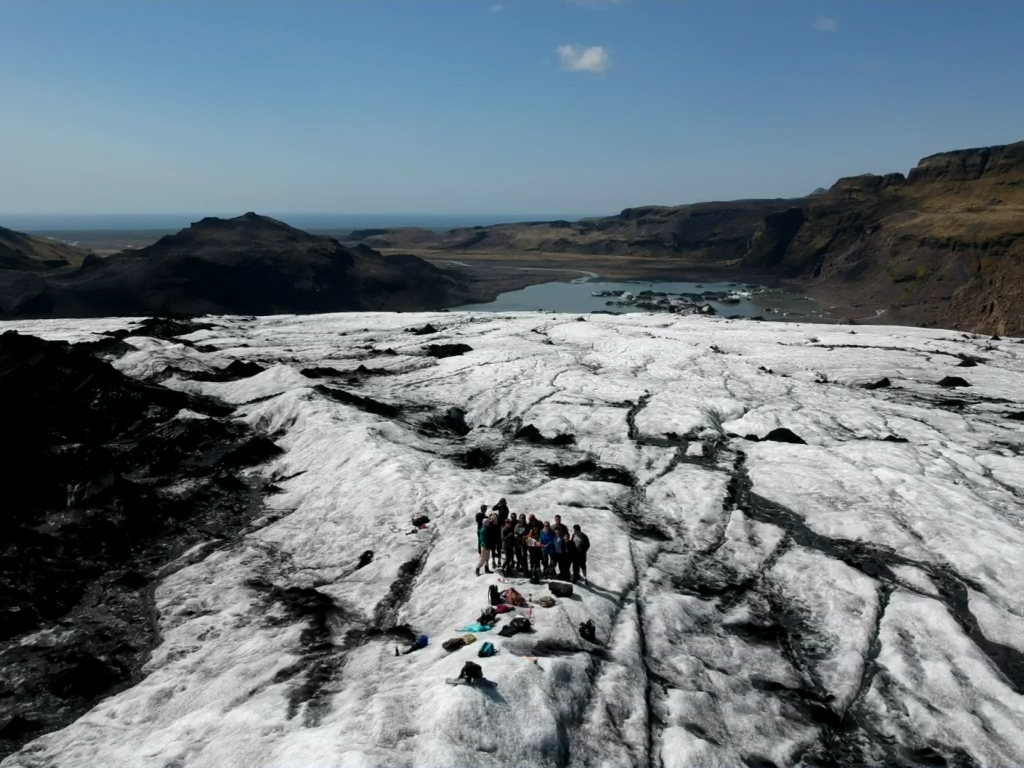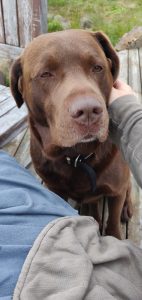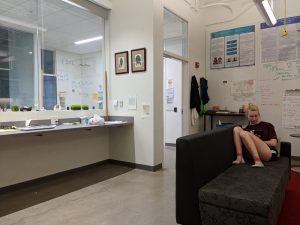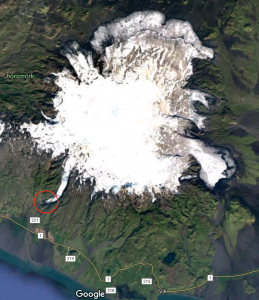For the first two months of 2020 we planned and worked as though we would be working in Iceland during June; once we realized that the Covid-19 pandemic would prevent that, and much else, we re-organized ourselves and our work in the new normal. This included accommodating people working remotely from a wide range of timezones and reprioritizing tasks based on a new timetable. Whenever possible we tried to make lemonade, for instance we were able to re-organize our data storage structures, something we could not have done without the long timeline available this past year. Here is a summary of the other ground we have covered, future posts will have more details about each of these bits.
Craft research – One of the challenges of doing system integration in this space is the fast pace at which the hardware is evolving. We refined our requirements and resurveyed the market, ultimately deciding to add the Parrott Anafi and the Skydio 2 to our kit. In addition to craft-mounted multi-spectral lens we are also working with a MapIR NIR equipped lightweight camera which we will use as payload on the Anafi.
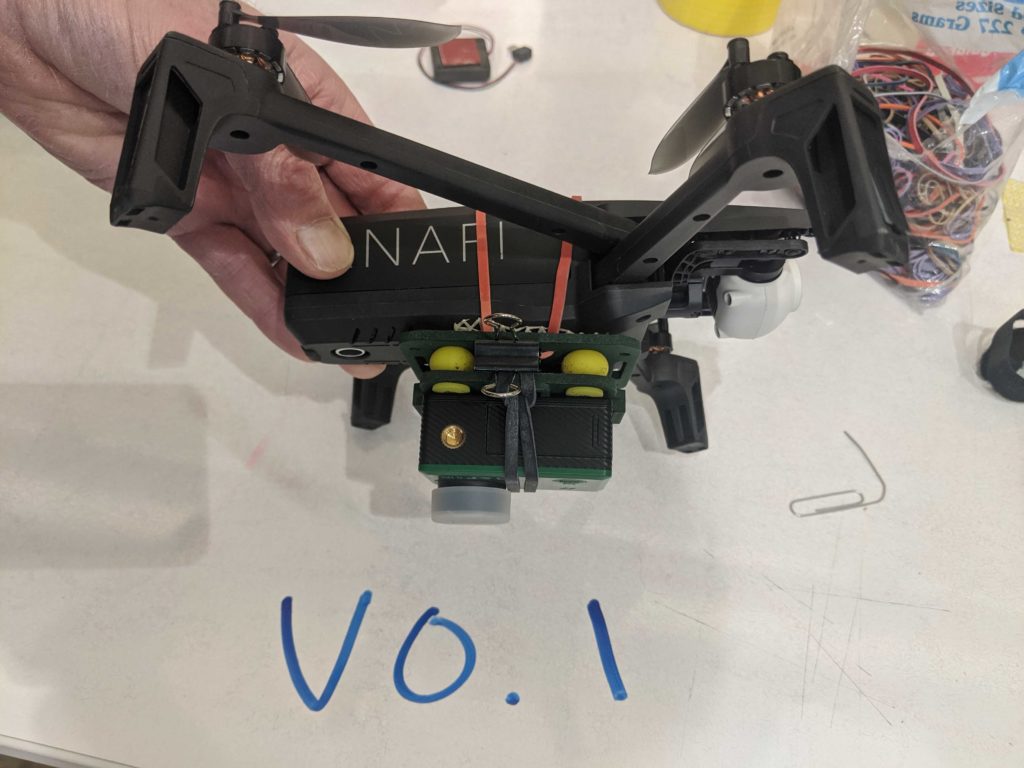
ODM configurations – With time and computational resources we have been able to read and experiment with the ODM options that apply to our analysis workflow, and there are lots of them.
GIS integration – Our workflow now incorporates QGIS, this gives us the ability to use the powerful georeferencing plugin to accurately merge each of the data layers (sensor modes).
Storytelling – For many years we have been taking a fairly ad-hoc and often random approach to getting the word out about our work. We realized that we could now take the time to make a more organized run at storytelling, so a few of us have.
Planning for 2021 – We are now deep into the logistical and science planning for the 2021 field season, as I write this in mid-January we are working with the College and our colleagues in Iceland to plan our time there during June. One of our field sites, the Skalanes Nature Preserve, has experienced a number of mudslides this winter, destroying parts of Seydisfjordur and making travel along the fjord very difficult.
